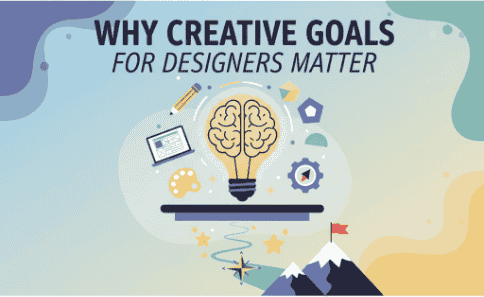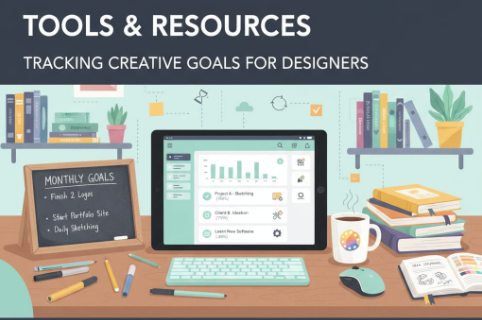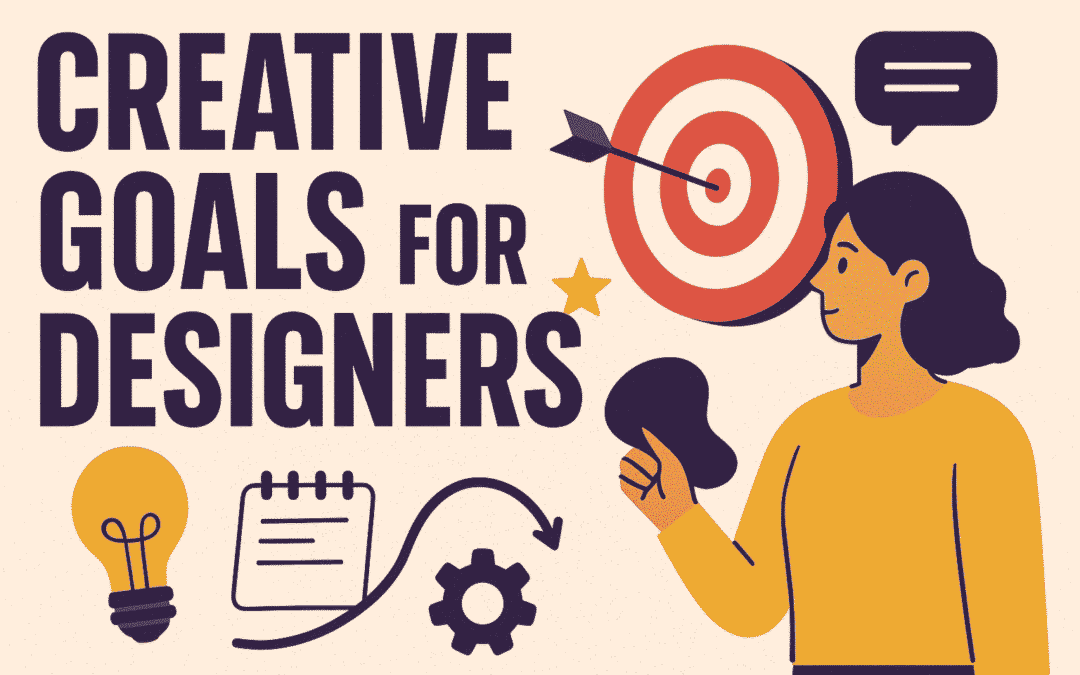Table of Contents
- Introduction
- Why Creative Goals for Designers Matter
- Types of Creative Goals for Designers
- How to Set Realistic and Achievable Creative Goals for Designers
- Strategies for Staying Motivated and Productive in Creative Goals for Designers
- Tools and Resources for Tracking Creative Goals for Designers
- Common Mistakes to Avoid in Creative Goals for Designers
- How Fonts Can Support Creative Goals for Designers
- Conclusion
- References
1. Introduction
In today’s competitive design industry, success is not just about talent—it’s also about discipline and direction. Designers who set creative goals for designers can better manage their growth, improve their skills, and stay inspired over time. Whether you are a freelance graphic designer, a brand consultant, or someone working in an agency, setting clear creative goals helps you create more meaningful, consistent, and impactful work.
2. Why Creative Goals for Designers Matter
Understanding why creative goals for designers matter is the first step toward building a sustainable career in design. Creative goals provide clarity, motivation, growth, and impact. With them, designers can ensure their work aligns with their career vision and consistently delivers results for clients.

3. Types of Creative Goals for Designers
There are many types of creative goals for designers, depending on their career stage and focus. Some of the most common include:
Skill Development Goals for Designers
Learning new tools, mastering typography, or exploring 3D design can significantly improve a designer’s value.
Portfolio Goals for Designers
Refreshing your portfolio with updated case studies or showcasing diverse projects is one of the most important creative goals for designers.
Style Exploration in Creative Goals for Designers
Experimenting with new visual styles, fonts, and design principles keeps your work unique and relevant.
Client and Career Growth Goals
Designers often aim to work with specific industries or achieve higher-value client projects.
4. How to Set Realistic and Achievable Creative Goals for Designers
When setting creative goals for designers, using the SMART method ensures each goal is practical and actionable:
- Specific: Define exactly what you want to achieve.
- Measurable: Set clear indicators for success.
- Achievable: Keep goals realistic.
- Relevant: Align goals with career ambitions.
- Time-bound: Establish deadlines to avoid procrastination.
For example: “Learn and apply advanced typography principles in three client projects within the next three months.”
5. Strategies for Staying Motivated and Productive in Creative Goals for Designers
To stay motivated in achieving creative goals for designers, apply these strategies:
- Break goals into smaller steps to avoid feeling overwhelmed.
- Join design communities to get feedback and support.
- Celebrate milestones to keep yourself inspired.
- Use accountability partners for consistency and discipline.
6. Tools and Resources for Tracking Creative Goals for Designers
Tools make it easier to track creative goals for designers and stay consistent. Recommended options include:
- Trello / Asana: For project and task management.
- Notion / Evernote: To organize creative ideas.
- Behance & Dribbble: Platforms to showcase progress.
- Google Calendar: For reminders and deadlines.

7. Common Mistakes to Avoid in Creative Goals for Designers
While pursuing creative goals for designers, avoid these pitfalls:
- Setting vague or unrealistic goals.
- Chasing design trends without purpose.
- Ignoring personal well-being and balance.
- Failing to adjust goals as your career evolves.
8. How Fonts Can Support Creative Goals for Designers
Typography plays a crucial role in achieving creative goals for designers. The right fonts amplify messages, define brand identity, and add emotional depth. If your goal includes improving typography skills, exploring professional fonts is essential.
Here are some curated fonts from RaisProject that align with different creative goals:
- Fullday Cute Bold Font: Ideal for strong branding and attention-grabbing headlines.
- Rubellas script Font: Perfect for elegant, stylish creative projects.
- Antarctica Sans Serif Font: A clean and modern choice for professional designs.
- Memorizing Handwritten Font: Adds a personal and artistic flair to logos or invitations.
Using these fonts strategically helps designers not only meet their design goals but also achieve long-term creative growth.
9. Conclusion
Ultimately, creative goals for designers are not just about hitting milestones—they shape your journey as a professional. By setting SMART goals, staying motivated, using the right tools, and incorporating high-quality fonts, you can elevate your career while enjoying the creative process.
Start small, be consistent, and remember that each step forward brings you closer to becoming the designer you aspire to be.
10. References
- Adobe. Tips for Setting Creative Goals
- 99designs. How to Set Design Goals
- Creative Bloq. Improving Your Design Skills

